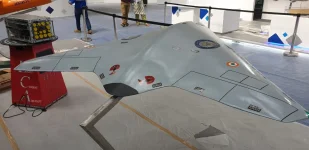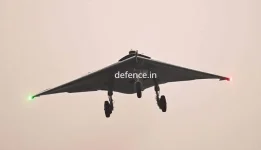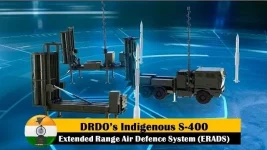- Views: 3K
- Replies: 20

India's ambitious Astra Mk3 air-to-air missile program, a cornerstone of its future air defence capabilities, is facing significant delays as the Defence Research and Development Organisation (DRDO) grapples with technological challenges related to its ramjet propulsion system. A DRDO official confirmed that while the missile's booster has been successfully tested, the program's overall progress is lagging behind initial expectations.
The Astra Mk3, also known as the Solid Fuel Ducted Ramjet (SFDR), is a next-generation beyond-visual-range air-to-air missile designed to leverage solid fuel ramjet technology. This technology promises to deliver supersonic speeds, extended range, and high accuracy, significantly boosting India's aerial defence capabilities. However, realizing this potential is proving to be a more arduous task than initially anticipated.
Launched in 2013 with the aim of achieving operational capability within five years, the Astra Mk3 remains firmly in the development phase. The DRDO has categorized it as one of 55 high-priority projects that have missed their deadlines. This delay is primarily attributed to technological hurdles encountered in scaling down air-breathing ramjet technology for use in long-range, high-speed air-to-air missiles.
Despite these challenges, the DRDO has achieved a notable milestone by successfully testing the SFDR booster, a critical component of the missile's propulsion system. This success suggests progress in achieving the desired range and speed for the Astra Mk3. However, officials caution that full development will require considerably more time. Ground trials are ongoing, but the missile still needs to undergo rigorous air-to-air trials from fighter jets before it can be considered ready for mass production.
One of the key challenges lies in the complexity of adapting air-breathing ramjet technology for this specific application. While Russia initially provided consultancy on this technology, the DRDO is now independently pursuing its development. This reflects India's growing emphasis on self-reliance in defence technology, but it also means navigating the complexities of advanced ramjet technology without the same level of external support.
Despite the technological setbacks and delays, DRDO officials remain optimistic about the Astra Mk3 program's future. Once fully developed, the missile is expected to be a game-changer for the Indian Air Force (IAF), providing it with a long-range air-to-air missile capable of engaging enemy aircraft at supersonic speeds and bolstering India's multi-layered air defence capabilities.
The Astra Mk3 is poised to play a crucial role in countering adversaries equipped with advanced missile systems. Officials estimate that, with continued development and successful air-to-air trials, the Astra Mk3 could be ready to enter production within the next 4 to 5 years.




